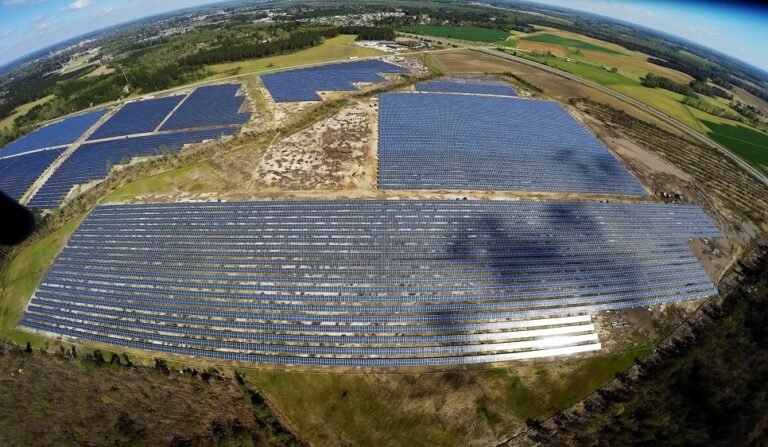-
2103 Pokoj NO.322 Xinggang One Road, Haicang District, Xiamen Fujian, Čína

How Durable Is a Solar Power System? Can It Be Used for Decades?
Solar power systems are a long-term investment. Once installed, many users expect them to operate reliably for decades. But how long do the individual components really last? Let’s take a closer look at the lifespan of key solar power equipment and what’s needed to ensure long-term operation.
Table of Contents
⚙️ Key Equipment Affecting Durability
Solar Panels
According to Japan’s National Tax Agency, the statutory depreciation life of solar systems is 17 years, but solar panels often exceed this. Their actual lifespan is typically 20–30 years thanks to having no moving parts and experiencing minimal wear.
Since solar panels don’t conduct electricity directly like inverters, they are less prone to faults. Proper maintenance—like regular cleaning and shading checks—can help extend their life even further.
🔍 Case Example: At Tsubosaka-dera Temple in Nara, Japan, silicon solar panels installed in 1983 have shown almost no degradation after over 30 years of use.

Power Conditioners (Inverters)
Inverters convert DC power from panels into AC for home or grid use. These components have more electrical activity and moving parts, giving them a shorter lifespan of around 10–15 years.
However, high-quality models may last longer. For example, the former president of Sanyo Electric reported over 20 years of use without breakdowns in his residential system, which included both panels and inverters.
Feed-in Tariff (FiT) Meters
Unlike panels and inverters, FiT meters must be replaced or recalibrated every 10 years by law, regardless of their performance. Costs for replacement vary widely by utility provider—some cover the cost, while others may charge over ¥100,000.
🔧 Is Maintenance Necessary?
Absolutely. While solar systems are low-maintenance, periodic inspections are key to ensuring optimal output and preventing unexpected breakdowns.
Even well-maintained systems gradually degrade. Japan’s National Institute of Advanced Industrial Science and Technology found that after 20 years, output typically drops to around 90% of the original rating.
Still, exceptions exist. Some installations, such as those using highly durable silicon panels, show almost no performance loss even after 30 years.

🌪️ Natural Disaster Resilience
Modern solar systems are designed to withstand natural forces common to each installation area:
- Typhoons & High Winds: Panel frames and racking systems are tested to meet wind resistance standards.
- Lightning: Inverters include built-in surge protectors to guard against electrical damage.
- Earthquakes: Seismic-rated racking components ensure stability during tremors.
- Snow Loads: Systems in snowy areas use reinforced mounting brackets.
- Salt Damage: In coastal areas, corrosion-resistant panels and mounts are used.
- Hail: Panels are fitted with tempered glass for impact resistance.
In Japan and elsewhere, disaster-preparedness is often addressed during the installation stage.
🧠 When to Upgrade Instead of Extend?
While longevity is important, it’s not always ideal to push equipment to its limits. Newer technology may offer higher efficiency, better warranties, or more favorable return-on-investment ratios.
Smart asset management involves knowing when to maintain, when to upgrade, and when to retire aging components.
✅ Summary Table
| Component | Average Lifespan | Poznámky |
|---|---|---|
| Solar Panels | 20–30 years | Highly durable, minimal failure |
| Inverter | 10–15 years | Replace once during system life |
| FiT Meter | 10 years | Mandatory replacement cycle |
| Mounting Systems | 25+ let | Depends on materials and installation quality |
To ensure long-term use of your solar power plant, contact trusted supplier Firstsolar for durable and reliable mounting systems.









